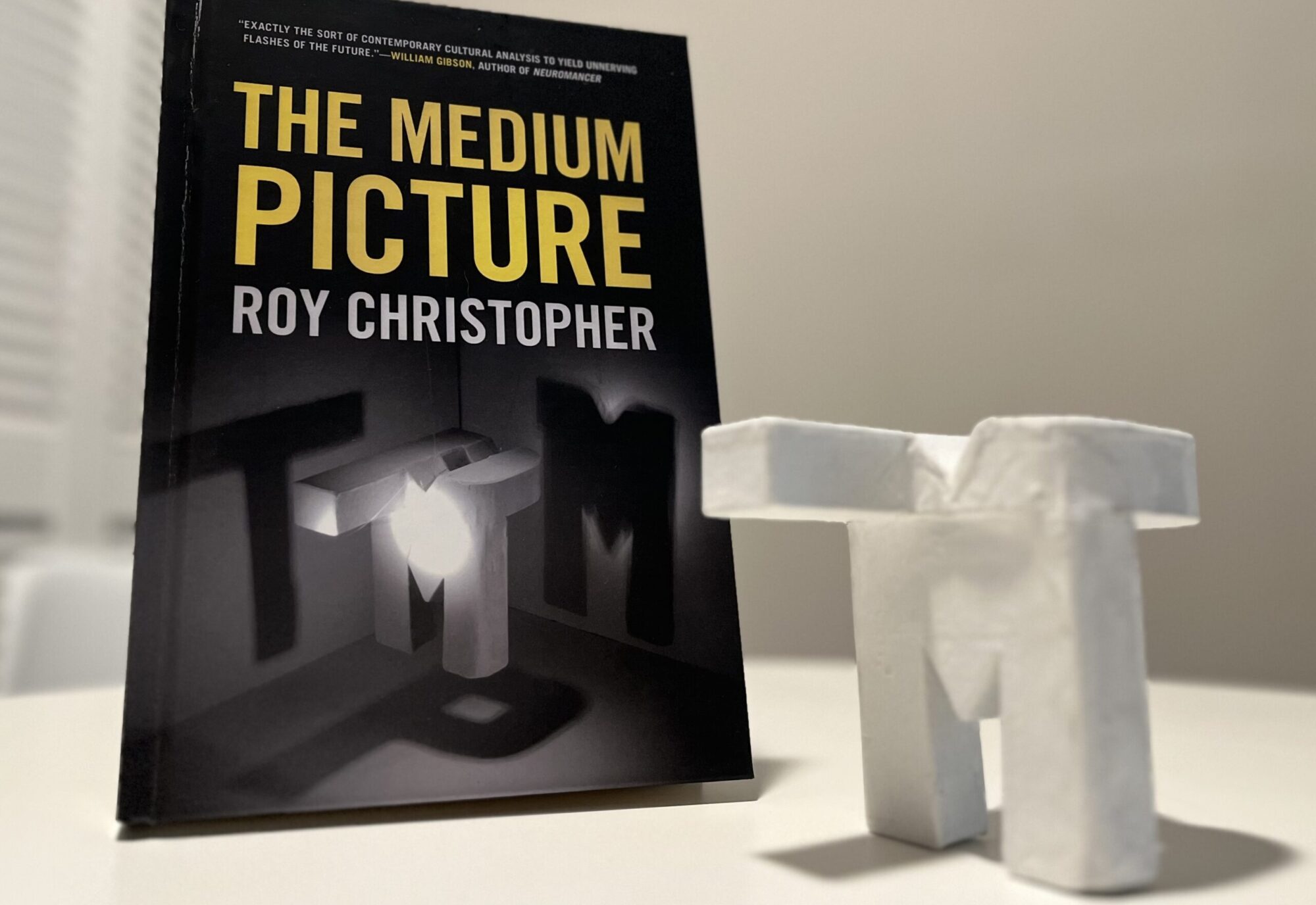I’ve expounded elsewhere at length about how zine-making during my teen years informed my life’s path, and I’ve mentioned fellow traveler Mike Daily before, but I haven’t really given him due credit. Mike Daily is a founding member of The Plywood Hoods, one of the most influential BMX crews in the history of our little sport. He also made one of the first BMX zines ever: Aggro Rag. Echoing my own feelings about making zines, Daily told Jared Souney in an interview for ESPN BMX in 2010, “Working with the printed page in mind has always been my way of creating something, from the early ‘zine designs to my cut-and-pasted writing journals. I like to lay things out visually, so the collage approach helps hone poems, lyrics for songs and fiction/non-fiction I’m working on. It’s more of a calling than a career — that kind of gnawing feeling that compels you to make stuff.”
Well, Daily’s never stopped making stuff. From his novels and zines to his complete rebuild of his original CW California Freestyle bike, he’s stayed on the make. His latest missive is a new issue of Aggro Rag, the premiere BMX zine’s first appearance since 1989. Each of the 500 copies is signed by original Plywood Hoods Brett Downs, Mark Eaton, Kevin Jones, Jamie McKulik, Dale Mitzel and Daily himself. Contributors include Mark Lewman, Spike Jonze, Peter Relic, Drob Meyer, and Pecos B., among many others. There are interviews with flatland undergrounders like Mark McKee, Aaron Dull, Gary Pollak, Chris Day, Jim Johnson, Derek Schott, Gerry Smith, Dave Nourie, and several others, as well as Hip-hop undergrounders like Dark Time Sunshine and Sole. You can snag a copy right now, and I suggest you do so.

As for me, Daily asked me to interview my dude Aesop Rock, which I did gladly. It’s an honor to be a part of the zine I read so avidly in my youth. Here are two of my friends and heroes celebrating the release of Aggro Rag #13 at Portland’s Wonder Ballroom on July 19th, 2012:

If the return of the zine weren’t enough, this issue precedes the forthcoming 443-page book, Aggro Rag Freestyle Mag! Plywood Hoods Zines ’84-’89: The Complete Collection, coming out January 1, 2013.

It’s going to be so dope, but as Daily always said, “Ride First, Read Later.”
——————–
Ordering instructions can be found at the Aggro Rag site.










![Thelonius Monk [click to play]](http://roychristopher.com/wp-content/uploads/thelonius-monk.jpg)
![The Usual Suspects [click to play]](http://roychristopher.com/wp-content/uploads/the-usual-suspects.jpg)
